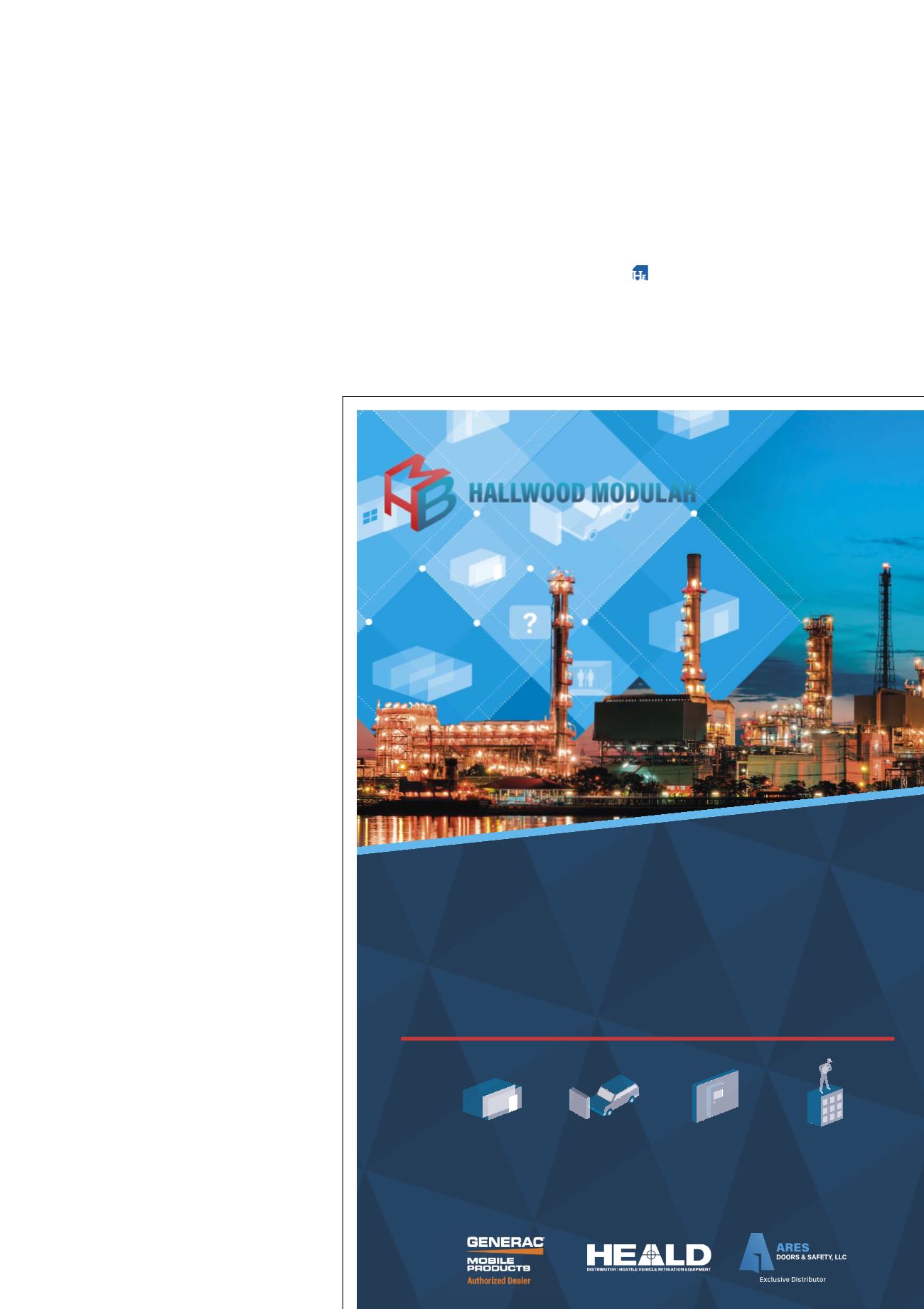
performance after the upgrade there must be peak
downstream demand conditions that the system has to
be subjected to. In the case of LNG plants, this happens
during purging of loading arms when the ship is docked
in to transfer LNG. Before LNG is transferred through
the pipes to the LNG vessel, nitrogen is used to purge
the pipelines. After the LNG is transferred, nitrogen is
again required to push the remaining LNG out of the
loading arms in a process that is called draining.
The most critical parameter that needs to be
confirmed with the customer is if they have enough air
available from their compressors to support this
upgrade. When compressors are sized right at the edge
or upstream, pressure drops are not fully factored in,
resulting in slightly lower inlet design
pressure conditions than required.
To produce more nitrogen at the
same purity and process conditions,
more molecules of inlet air are
required, which results in an
increased air flow rate. If
downstream demand decreases, the
nitrogen purity will increase and less
air will be consumed as shown in
performance plots (Figures 5 and 6).
These plots can be used as
guidelines to estimate varying
purities that the system can produce
based on fluctuating demand
conditions of nitrogen.
Case study 2 – membrane
system performance for two
different design purities
Sometimes customers can request
two different purities of operation.
For example, 96% nitrogen at
2740 Nm
3
/hr and 98.5% nitrogen at
1731 Nm
3
/hr. For this, Gas Land had
to design for the more stringent
requirement, which was 98.5% N
2
purity at 1731 Nm
3
/hr vs the 96% at
2740 Nm
3
/hr which became the
design point. As the nitrogen purity
in the system is dialled down, the
nitrogen flow rate needed to be at
or above the requirement of
2740 Nm
3
/hr. The performance plot
in Figure 7 shows that once purity
required is reduced from 98.5% to
96% in order to meet nitrogen
demand, the system would be able
to deliver 3068 Nm
3
/hr of nitrogen
at 96% purity, 12% greater than the
original requirement of 2740 Nm
3
/hr
at 96%.
Conclusion
Increased LNG imports have become
a growing trend, especially in
countries such as China and India which are shifting
towards a cleaner and more dependable source of
energy. LNG has become central to the world’s energy
requirement. This has resulted in newer plants being
added to the US’ portfolio and the increasing of its
liquefaction capabilities. Nitrogen plays a vital role in
operation of these plants and in serving its various
applications. Onsite use of membrane technology is a
proven and reliable solution to generate nitrogen for
LNG plants worldwide.
Reference
1. ‘U.S. liquefied natural gas export capacity to more than double
by the end of 2019,’ US Energy Information Administration,
https://www.eia.gov/todayinenergy/detail.php?id=3773220 Years and Counting...
the Best Protection
for People and Equipment
Blast Resistant
Modular
Buildings
Perimeter
Security
Products
Protective
Doors
& Accessories
Site
Services
info@hallwoodmodular.com hallwoodmodular.com +1 337 393 2575







